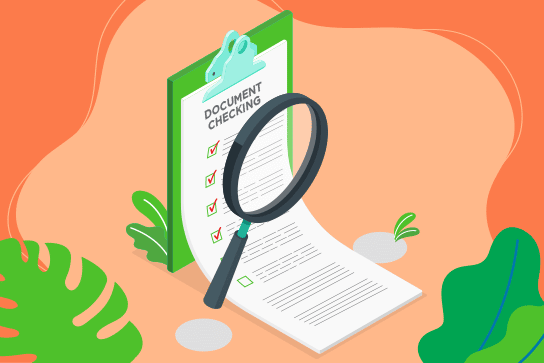LISTEN AUDIO
Last Updated on April 17, 2023 by Ozlinks Education
Subject: Prepare dim sum
This unit SITHASC014* describes the performance outcomes, skills and knowledge required to prepare and cook dim sum following standard recipes. It requires the ability to select, prepare and portion ingredients and to use relevant equipment and cookery methods.
The unit applies to hospitality and catering organisations that offer Chinese cuisine, and to cooks who usually work under the guidance of more senior chefs.
Elements and Performance Criteria.
Elements describe the essential outcomes. Performance criteria describe the performance needed to demonstrate achievement of the element.
1. Select ingredients.
1.1 Confirm food production requirements from food preparation list and standard recipes.
1.2 Calculate ingredient amounts according to requirements.
1.3 Identify and select dim sum ingredients from stores according to recipe, quality, freshness and stock rotation requirements.
1.4 Check perishable supplies for spoilage or contamination prior to preparation.
2. Select, prepare, and use equipment.
2.1 Select type and size of knives and equipment suitable to requirements.
2.2 Safely assemble and ensure cleanliness of equipment before use.
2.3 Use knives and other equipment safely and hygienically according to manufacturer instructions.
3. Portion and prepare ingredients.
3.1 Sort and assemble ingredients according to food production sequencing.
3.2 Measure, weigh, and portion ingredients according to recipe requirements.
3.3 Minimise waste to maximise profitability of food items prepared.
4. Cook dim sum.
4.1 Portion dim sum precisely.
4.2 Prepare fillings, glazing and coating agents to correct consistency, according to recipe.
4.3 Size and shape buns and dumplings.
4.4 Select and use dim sum cookery methods.
4.5 Prepare accompaniments as required.
4.6 Follow standard recipes and make food quality adjustments within scope of responsibility.
5. Present and store sweet and savoury dim sum.
5.1 Portion and serve dim sum according to recipe requirements.
5.2 Present dim sum on appropriate service-ware.
5.3 Add accompaniments according to standard recipe requirements.
5.4 Visually evaluate dish and adjust presentation.
5.5 Ensure food safety, quality, and shelf life by storing dim sum and accompaniments in appropriate environmental conditions.
5.6 Clean work area and dispose of or store surplus and re-usable by-products according to organisational procedures, environmental considerations, and cost-reduction initiatives.
Assessment Requirements.
Performance Evidence.
Evidence of the ability to complete tasks outlined in elements and performance criteria of this unit in the context of the job role, and:
- prepare six different types of dim sum from the list in the knowledge evidence
- prepare appropriate accompaniments for the above dim sum
- demonstrate use of each of the following preparation methods when preparing dim sum:
- blending and balancing flavours and aromatics
- cutting
- demonstrate use of each of the following cookery methods and complete mise en place activities when preparing dim sum:
- boiling
- deep-frying
- shallow frying
- braising
- steaming
- prepare above dim sum for at least six different customers:
- within commercial time constraints
- reflecting required quantities to be produced
- following procedures for portion control and food safety practices when handling and storing dim sum
- responding to special customer requests and dietary requirements.
Knowledge Evidence.
Demonstrated knowledge required to complete the tasks outlined in elements and performance criteria of this unit:
- culinary terms and trade names for ingredients commonly used in the production of dim sum:
- coating and setting agents
- coconut products
- fat compounds
- fillings
- flours
- herbs and spices
- oils
- meat
- seafood
- vegetables
- required changes to dim sum to reflect cultural and regional considerations and variations
- contents of stock date codes and rotation labels
- characteristics of dim sum ingredients and finished dishes:
- accompaniments and garnishes
- appearance and presentation
- freshness and other quality indicators
- nutritional value
- service style
- taste
- texture
- types of dim sum and preparation and cookery methods:
- chicken buns
- chive dumplings
- pork buns
- pork wontons
- pot-sticker dumplings
- prawn dumplings
- soup meat buns
- spring rolls
- stuffed bean curd
- stuffed crab claws
- symbolic dim sum
- vegetarian dumplings
- effects of cooking techniques on nutrition, taste, texture and appearance
- appropriate environmental conditions for storing dim sum products and dishes to:
- ensure food safety
- optimise shelf life
- safe operational practices using essential functions and features of equipment used to produce and present dim sum.




